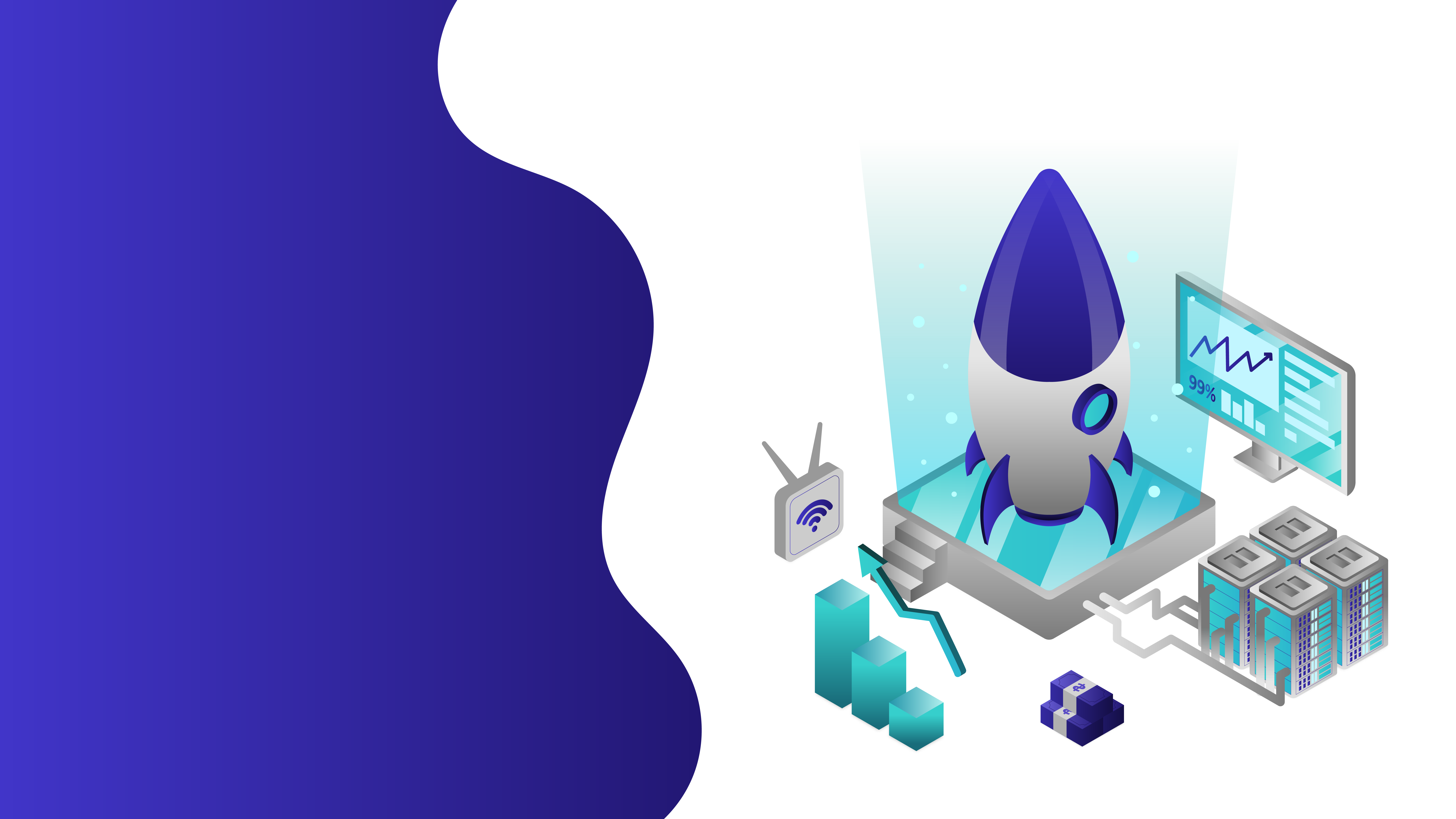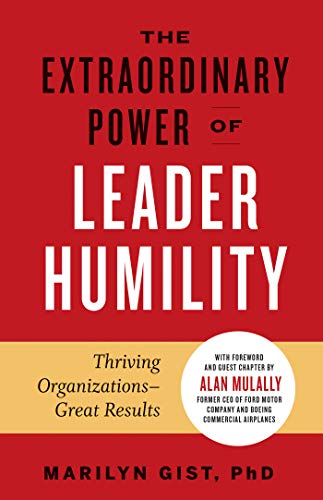
10 Feb How to Start a Brand: The Basics of Brand Marketing
How to Start a Brand: The Basics of Brand Marketing
When I think “brand”, my mind goes straight to Coca-Cola or Apple, but what if those companies weren’t even aware of how vital branding really is? Or maybe they are doing it wrong?
What makes me sad is when I see big corporations like Nokia, Xerox or Yahoo who seem utterly unaware of how great they could become had they spent more time and money developing solid brands.
There’s one thing these companies share, though, which is that they all started small… and then became huge!
This is because they knew exactly how to start a brand so well that they are household names worldwide today.
So what can you do to create your own successful brand? Here are a few things you should know.
How To Start A Brand – The Basics

Before you go off half-cocked with ideas of how to start a brand, let’s take a moment to examine what a brand actually is.
Brands are one of the most important assets that any business owner has. You may consider a brand any image or impression that a company makes on its customers and potential consumers. It can be thought of as an overall personality built by its conduct in all aspects of life.
If you think about it, almost all companies are just one step up from a sole proprietorship. And if your business is growing and generating money for yourself or others, you need to treat it like a business, not a hobby.
A brand is not just an advertising slogan or a logo. It is more than that; it is how a company communicates with its customers and the public.
If your company does things correctly, its public image will positively reflect your reputation.
So how do you build a brand? The answer is simple: you have to develop your identity.
Your identity can be as simple or complex as it needs to be and what is important to you. However, for a brand to stand out from the crowd, we advise you (counter-intuitively) to keep it simple.
Think about this – if you were creating your own brand, what would you want people to say when they heard your name?
You would want positive reactions and emotions, as opposed to negative connotations. The same rule applies to your brand name, logo and tagline.
These are the keywords of your brand that will help customers connect with you more easily. Use them effectively to get customers’ attention and keep them coming back for more.
So, how do you use human emotions in your brand to create a positive impact? Let’s find out.
What Is Emotionally Connected Marketing (ECM)?

Most marketers fail miserably at connecting emotionally with their audience. Instead, they resort to tactics like advertising, social media, direct mail, etc., based solely on logic rather than emotion.
While getting immediate results, these methods ultimately damage long-term relationships with customers. Unfortunately, most entrepreneurs rely heavily on traditional marketing techniques without truly understanding how to develop a brand identity.
Emotionally connected marketing takes a deeper look at what drives consumer behaviour, especially during times of uncertainty.
The role of marketing in the modern economy is no longer just to sell products. Marketing is now used to create and deliver emotional connections between brands and customers.
This shift has been driven by new research that explains how consumers are increasingly choosing brands based on their emotions rather than rational decision-making.
Consumers today have more influence over which companies they buy from through the way they vote with their wallets, making it increasingly important for marketers to understand the power of branding.
It all begins with a logo design, and to create an impactful brand, consumers must be able to associate that company’s products or services with a single visual image. That is why it is so critical to choose your logo wisely.
When looking at emotionally connected marketing, ask yourself where you want to lead your target audience. Then design your brand personality specifically for these individuals.
Once you’ve decided your desired end goal, you’ll find that designing your logo, colours, slogans, tone, content, voice, merchandise, packaging, website, etc., will come much easier.
By focusing on what your brand stands for, you’ll attract potential clients.
Here are the three basic categories of brands and how they differ:
Brand Personality Type #1: Strong Leadership
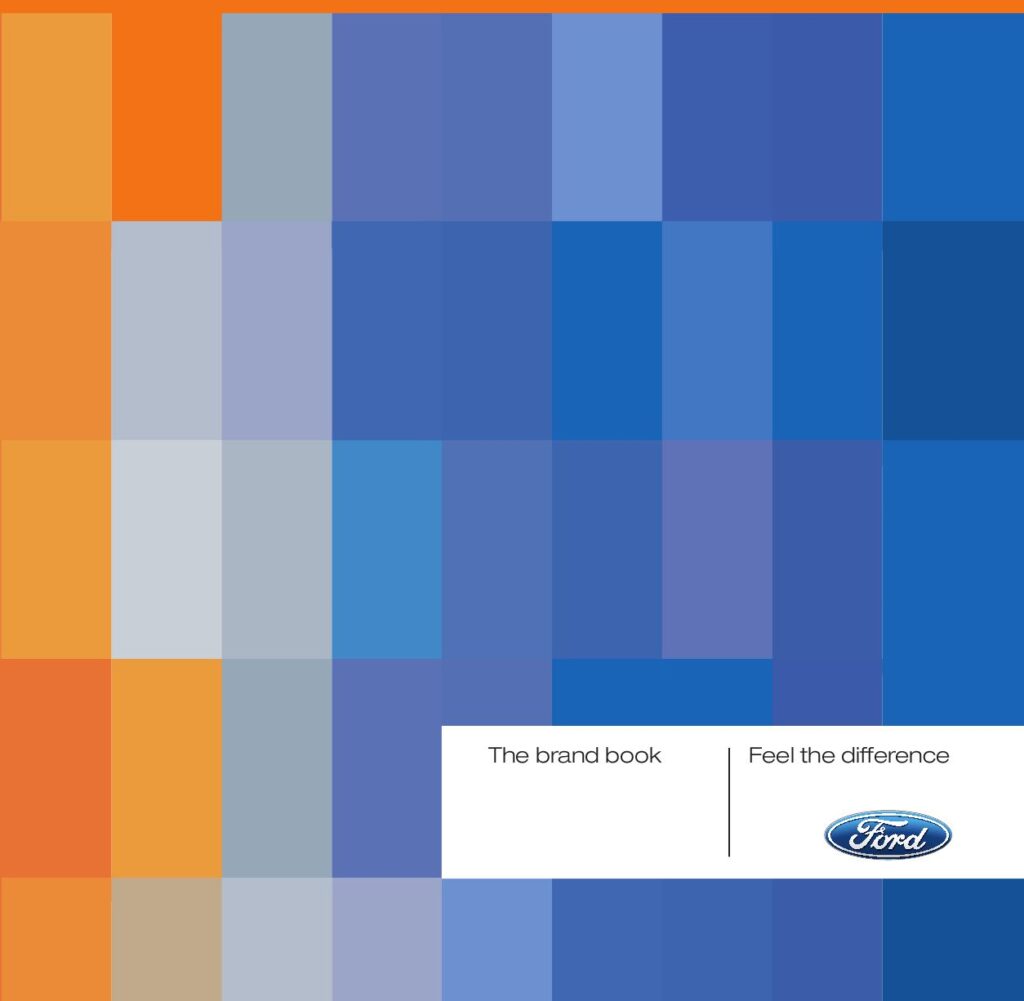
This is the most common form of leadership found among established brands. Companies like Coke, Nike, and Ford exemplify this style of leadership.
Their core philosophy has remained unchanged for decades. This approach gives the organisation stability and allows its leaders to stay true to their vision.
Brand Personality Type #2: Dynamic Dominance
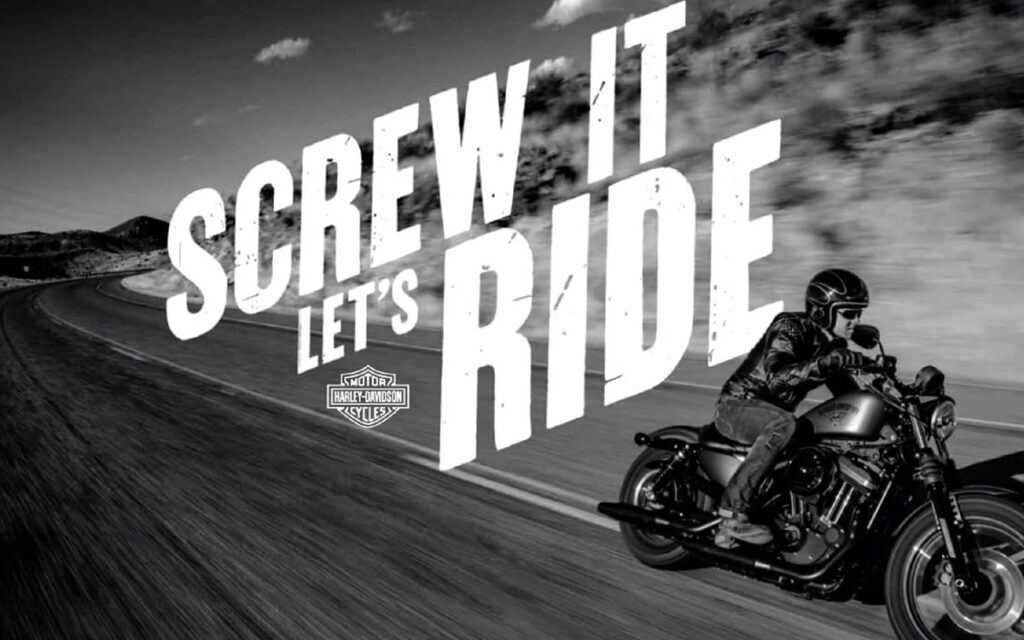
Dynamic dominance brands use creativity to break away from tradition and challenge conventional thinking. Examples include Harley Davidson motorcycles, Red Bull energy drinks, and Southwest Airlines airlines. With these types, you never know what you might get next.
Whether it’s a funny commercial, outrageous print ad campaign, or unexpected news story, dynamic domination brands constantly surprise audiences with creative promotions.
Brand Personality Type #3: Steadfast Stability
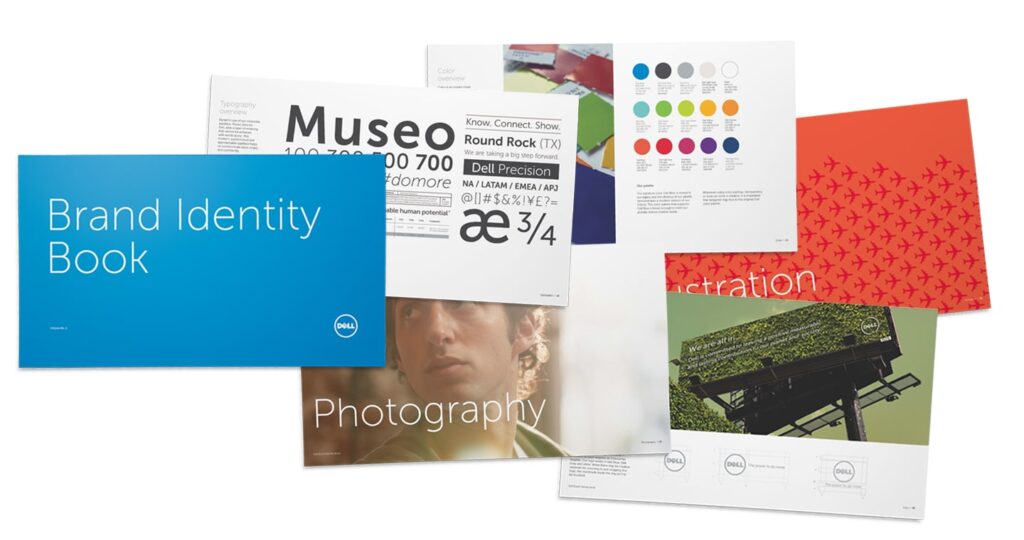
Trustworthy brands combine elements of both dynamic dominance and strong leadership. Since these brands operate within the same framework, they remain recognisable and relevant year after year.
There are several famous examples of this, including FedEx, Hallmark Cards, and Dell Computers. There will be periods when the brand is at its strongest or weakest in its history.
It will have good times and tough. This isn’t always negative, as it can also mean growth opportunities.
When a brand is performing well, marketing teams should take advantage of the situation by creating opportunities to increase awareness or drive sales.
Now that you know the differences between brands and how they relate to various personalities, here are some tips to help you choose your ideal brand personality.
How to Choose a Brand Personality
1 – Know Your Brand
Before getting started, ask yourself if you’re ready, to be honest with your answers. You may not want to open Pandora’s Box by revealing too much personal data or sharing opinions that might be considered controversial.
If so, perhaps it would be better to select an option that doesn’t require any real thinking. For example, if one question asks you whether you’d rather work hard or play hard, answer “hard.”
Or, if someone asks if you prefer fast-paced action or slow and steady progress, respond with either “fast” or “steady,” respectively.
There is no right or wrong answer here because those options represent extremes that most people won’t agree upon. However, if you pick the correct answer, don’t feel bad about it! Just remember, honesty is the best policy.
Now that we’ve covered the basics let’s get into the nitty-gritty details. Read on to learn about understanding your company culture.
2 – Know Yourself
The first step toward knowing your brand is figuring out who you actually are.
- What makes you unique?
- What do you stand for?
- Why did you decide to become involved in your field?
This process helps paint a picture of your core values, vision, mission and goals, among others. It also allows you to identify any areas where you need improvement.
Once you’ve established a basic framework for defining your strengths and weaknesses, it becomes easier to assess your relationship with customers and potential partners.
For instance, let’s say you’re trying to launch a new product line but aren’t sure how consumers perceive its value. One way to test market demand is to survey a small group of interested individuals.
Then, after analysing the results, you’ll be able to determine whether your expectations surrounding pricing, packaging design, advertising strategies, etc., align with actual consumer behaviour.
The bottom line: By identifying your preferences early on, you can avoid wasting time and resources pursuing projects that appeal only to specific demographics.
3 – Brand Humility
- Hardcover Book
- Gist PhD, Marilyn (Author)
- English (Publication Language)
- 240 Pages – 09/22/2020 (Publication Date) – Berrett-Koehler Publishers (Publisher)
You cannot afford to think of your business as separate from society itself. After all, businesses exist within the context of larger social structures. Thus, humility goes beyond acknowledging the limitations of human nature and instead encompasses being aware of how your products fit into the lives of others.
Mary Kate once replied, “My job isn’t selling cosmetics” when asked about her marketing approach. “My job is helping women realise their dreams.”
Don’t ever fall in love with your ideas. Ideas are worthless. Only good execution brings success.
Acknowledge that you are part of a greater whole and see things from another perspective.
Don’t take yourself personally if something turns out differently than anticipated. Remember that the accurate measure of success lies in adapting and adjusting along the journey.
4 – Brand Transparency
Your brand must reflect transparency throughout. People expect transparent communication. So, when running an online store, for instance, shoppers often wonder where the items originate.
- Do employees receive special treatment?
- Are suppliers paid fairly?
- Is inventory adequately tracked?
- Does your company operate ethically?
While it takes considerable effort to ensure this level of quality control, it pays off in both short-term profits and long-term public trust.
As a result, you should always strive to maintain open lines of communication with your stakeholders. Even though your customers probably don’t care about the inner workings of your organisation, they certainly appreciate straightforward explanations regarding issues affecting their daily life.
Also, provide regular updates via email newsletters, blogs, Twitter feeds and Facebook pages. Doing so builds credibility and fosters loyalty.
Conclusion
Creating a successful brand requires careful planning, hard work, persistence, and dedication. Most importantly, however, you shouldn’t take it lightly.
Knowing how to start a brand and building a brand consists of countless decisions made throughout the process, making it difficult to evaluate whether or not everything went right.
Hopefully, this guide helped clarify the importance of brand development and gave you an idea of how to start a brand that will last a lifetime. If you are still wondering how to start a brand and this hasn’t helped, feel free to ask questions below.
The post How to Start a Brand: The Basics of Brand Marketing is by Stuart and appeared first on Inkbot Design.


